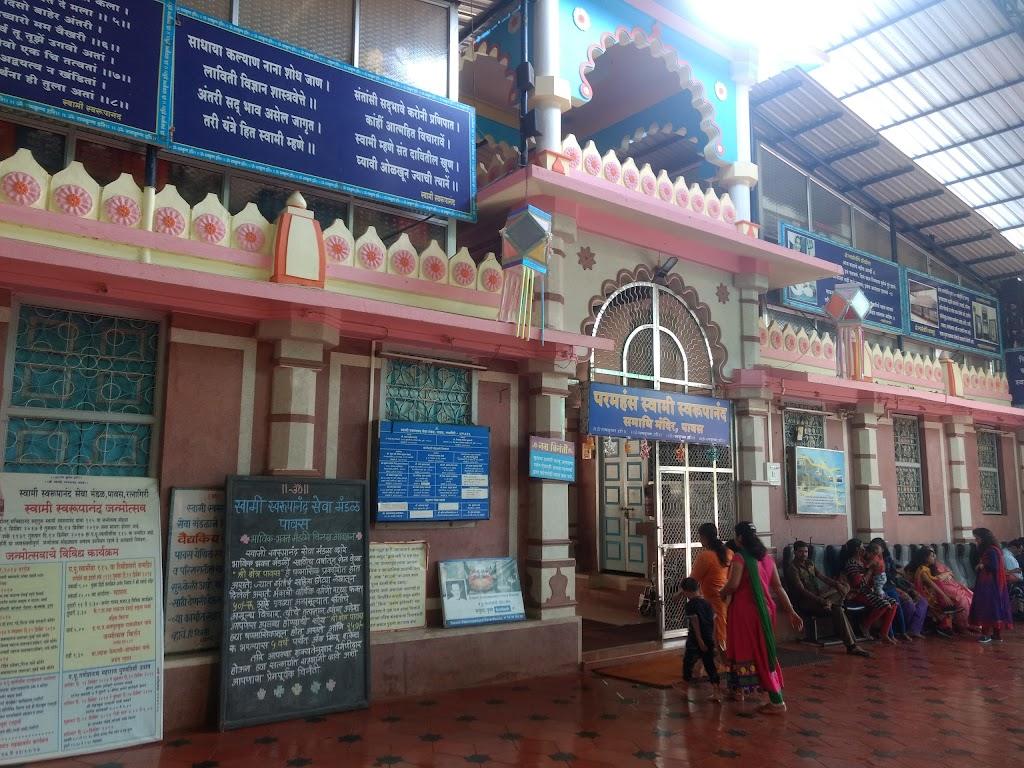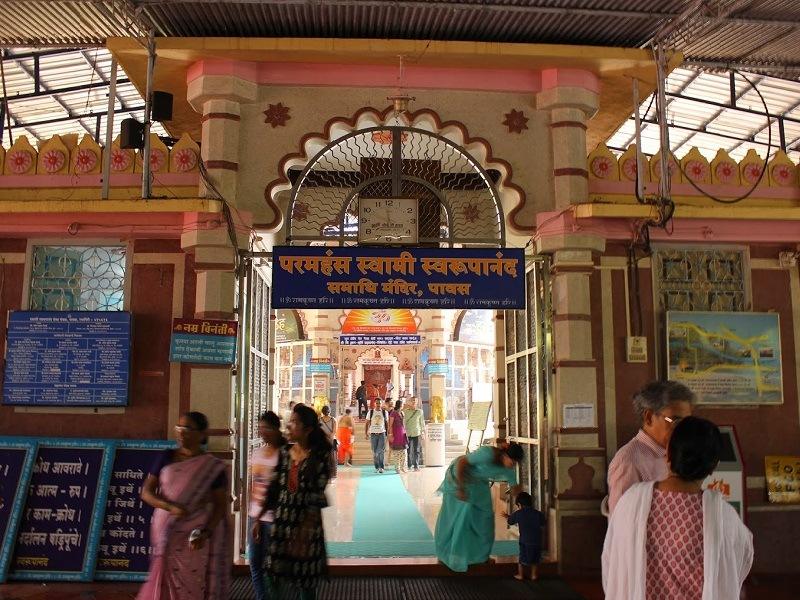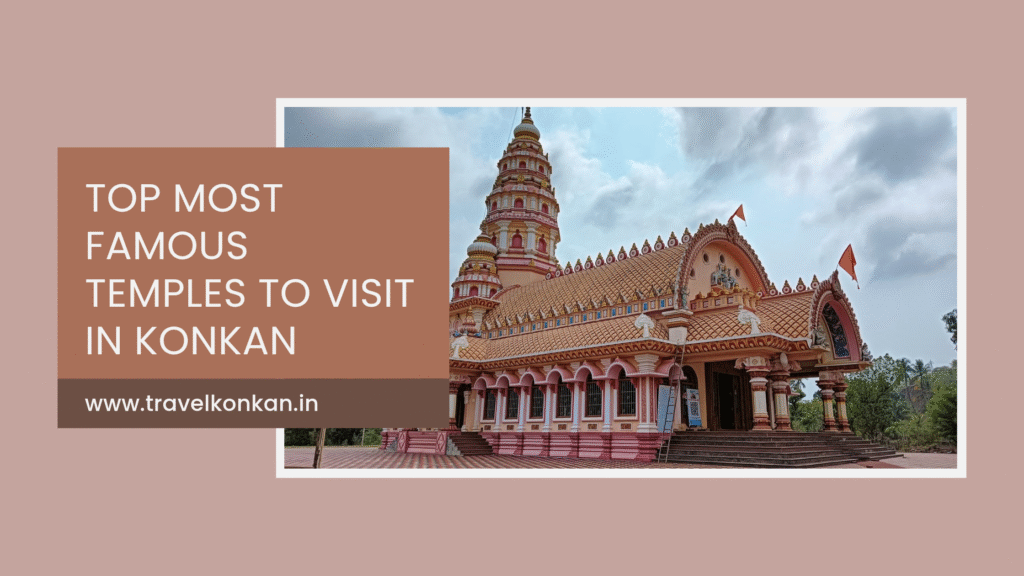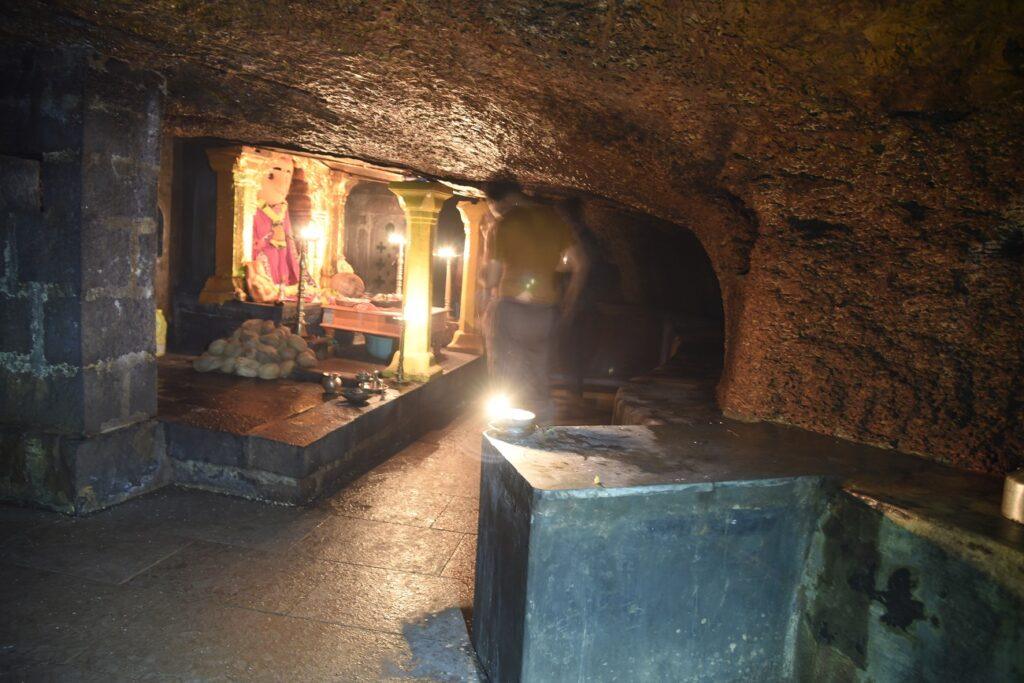Approx 20 km away from the town of Ratnagiri is Pawas, a place where Swarupanand Swami took his samadhi. Affectionately known as “Appa” or “Rambhau”, Swami’s original name was Ramchandra. Born on 15th December 1903, Swami undertook self-immolation at Pawas and also resided here for for 40 years before that.
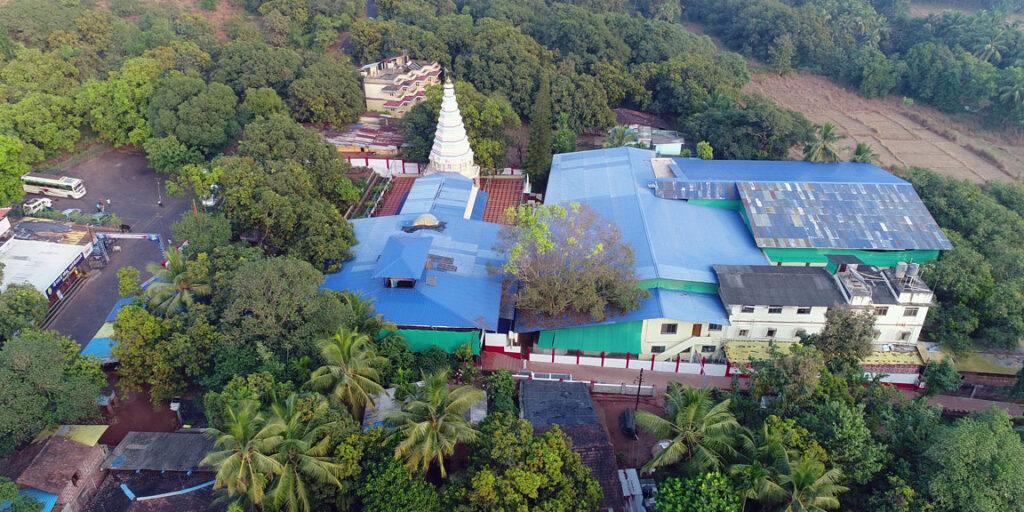
Swamiji completed his primary education in the village itself, after which he studied for his higher classes in Ratnagiri and higher secondary classes in Mumbai at the Aryan Education society’s High School. It was at this school that he was first introduced to religious and spiritual texts. At 18, he got drawn towards Mahatma Gandhi’s freedom movement. Swami Swarupanand took part in the freedom struggle, the non-co-operation movement against the British army.
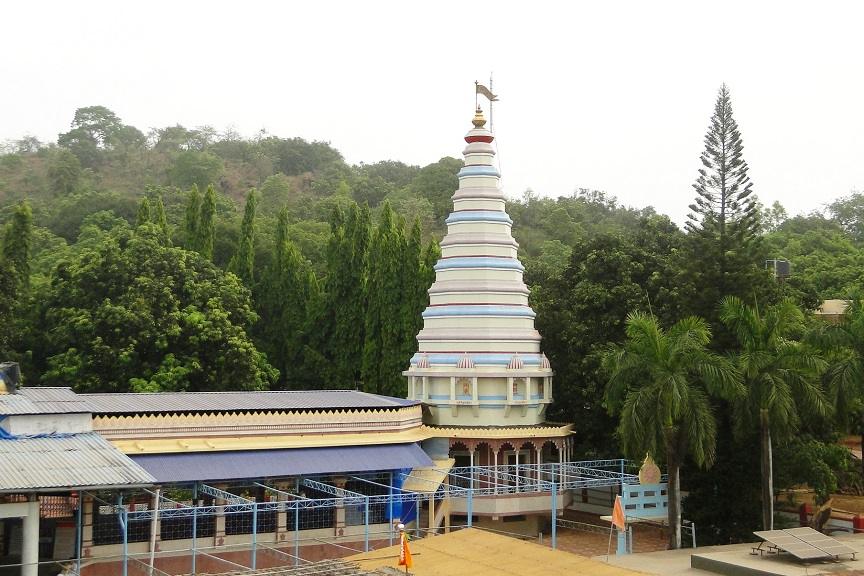
At the age of 20, his life took a drastic turn when he took initiation from Sadguru Babamaharaj Vaidya of Pune. Then on he began his spiritual journey and working towards the better comprehension of his guru’s philosophies. On his return to Pawas, he focused his mind on a profound study of Bhagavad Geeta, Dasbodh and Dnyaneshwari and undertook religious austerity. Since then, people anointed him as ‘Swami Swarupanand’. He soon built a huge following of people who were influenced by what he said and preached. He soon came to be known as Swamiji. The guru mantra of Ram Krishna Hari given by Swamiji is still chanted even today. He took to self-immolation on 15th August 1974.
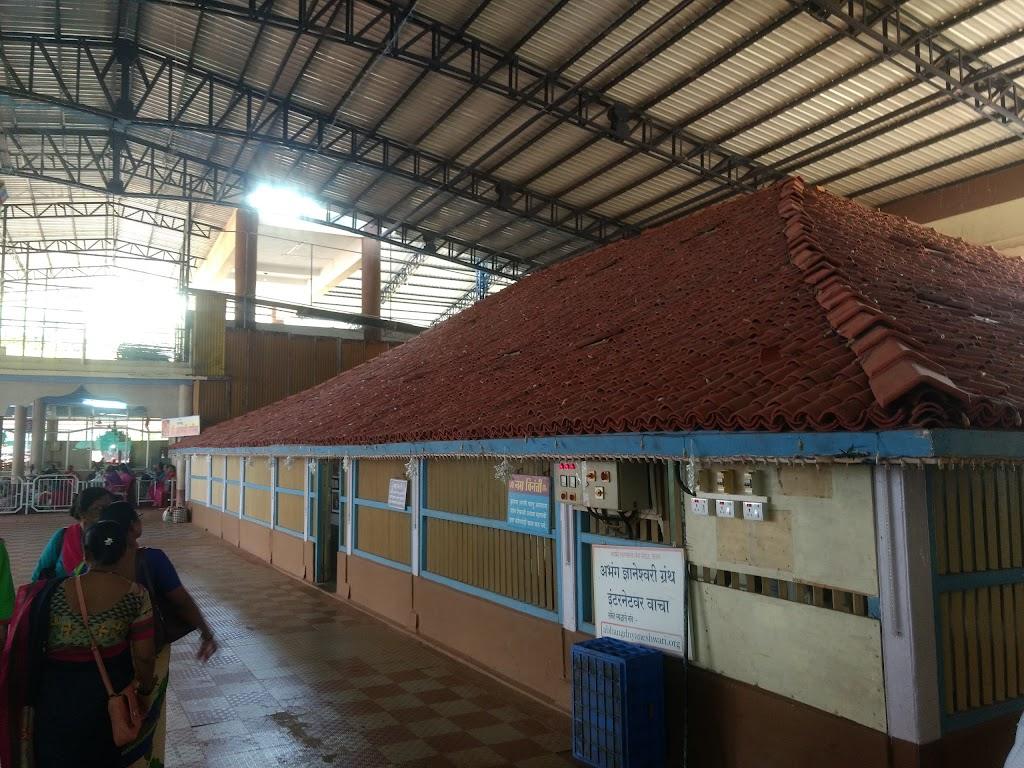
Born to the couple Vishnupant and Rakhmabai Godbole in Pawas, Swamiji has a neatly maintained memorial, which used to be his residence before he undertook self-immolation (samadhi) on 15th August 1974. The things that Swamiji used in his daily life and his holy books have been kept here. There are also good accommodation facilities available for the devotees. Swami Swarupanand’s spiritual presence is felt by his devotees here. In this beautiful and quiet place, your mind can experience intense calmness and peace. Guru Purnima and the day of Swami’s Samadhi are regarded as significant days in Pawas. His residence is now converted into an ashram which is used as a lodging and boarding facility for devotees.
